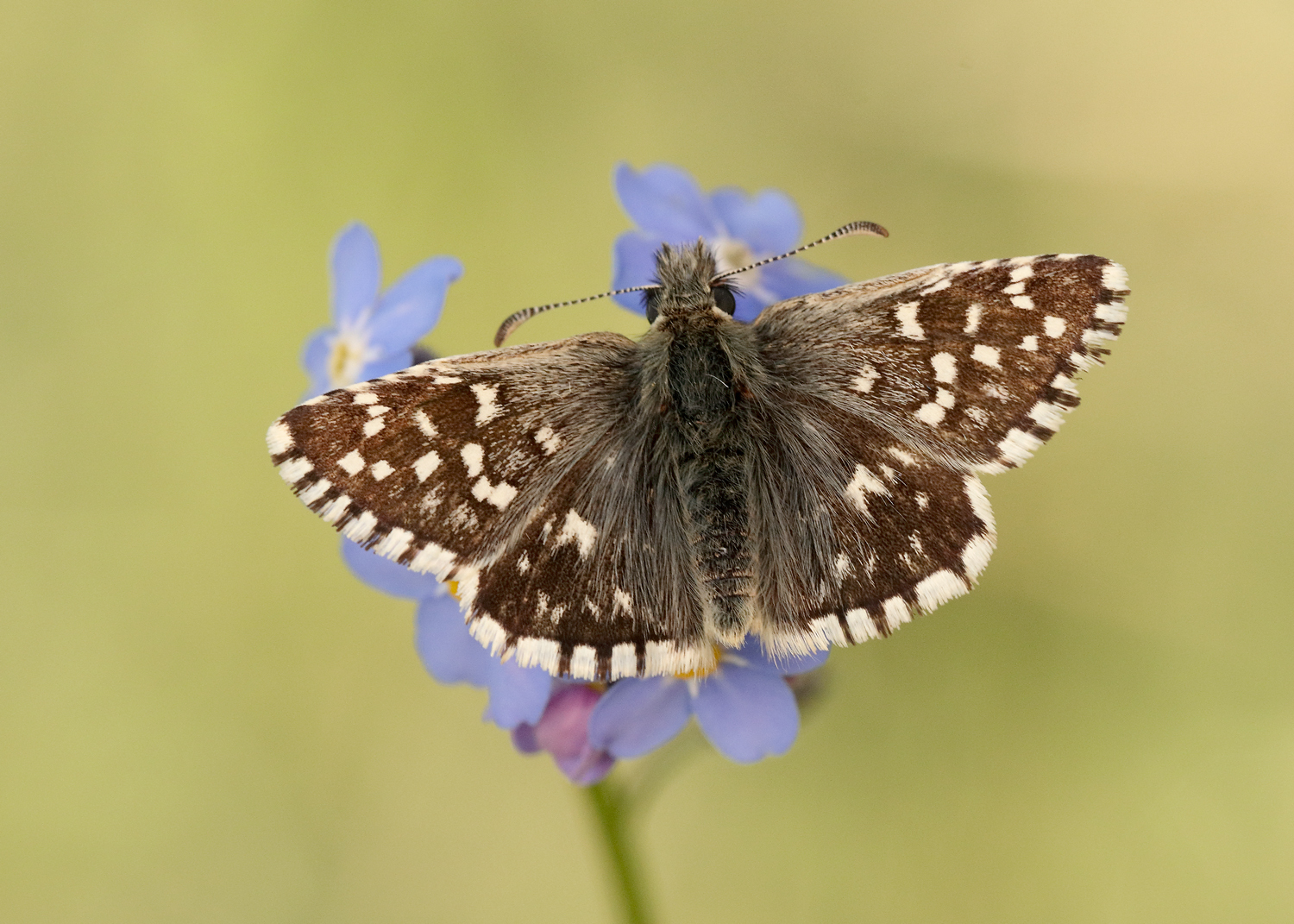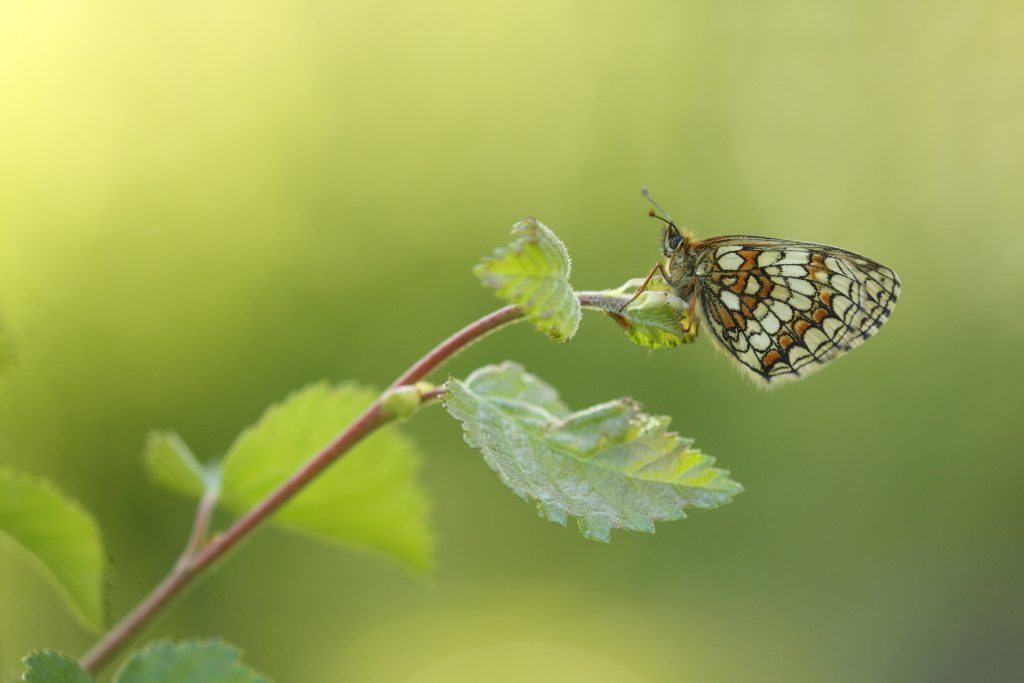
BUTTERFLIES suffered one of their worst years on record despite a “pleasant summer” for many parts of the the UK, conservationists have said.
Some 40 of the 57 species assessed in the annual UK Butterfly Monitoring Scheme saw declines in 2016 compared with 2015, making it the fourth worst year on record.
A mild winter and a cold spring – both of which can be bad for butterflies – contributed to the conditions which saw both rare and widespread species struggle despite a warm and dry summer across much of the country.
The monitoring scheme by Butterfly Conservation, the Centre for Ecology and Hydrology (CEH), British Trust for Ornithology (BTO) and Join Nature Conservation Committee revealed new lows for a number of species.
The threatened heath fritillary had its worst year on record for a second year running, with a slump of more than a quarter (27%) on 2015.
The latest declines for the heath fritillary, a species only found in a handful of sites in southern England and whose numbers have fallen 82% in a decade, raise fears for its long-term future.
Grizzled skippers, another rare species which is found in southern England and Wales, saw numbers fall 24% to new lows.
Wall, grayling, white-letter hairstreak and white admiral butterflies all also recorded their worst years in the survey, which has been running since 1976.
Research suggests UK’s increasingly mild winters are harming butterflies, the experts said, potentially leading to increased disease, predation or disruption of overwintering behaviour.
And cold springs can cause problems for butterflies by reducing or delaying their emergence.
The grizzled skipper, which emerges from April – a month that was 1C colder than the long-term average in 2016 – was one of the species affected by the chilly spring.
There was good news for some species, including the once-extinct large blue which recorded its second best year on record, while the red admiral was up 86% on 2015 and the clouded yellow butterfly saw numbers rise by 35%.
But Professor Tom Brereton, head of monitoring at Butterfly Conservation, said: “Worryingly, not even the pleasant summer weather of 2016 was enough to help butterflies bounce back from a run of poor years.
“The results show that butterflies are failing to cope with our changing climate and how we manage the environment.
“As butterflies are regarded as good indicators of environmental health this is hugely concerning for both wildlife and people.”
Dr Marc Botham, from CEH, said: “The weather at critical times of species development can cause dramatic changes in population numbers in the short term.
“What is of greatest concern is the regularity with which these short-term changes in recent years are negative, resulting in significant long-term declines for many species.
“Furthermore, this is becoming more and more commonplace for many of our most widespread and abundant species equating to large reductions in overall butterfly numbers with knock-on effects to their ecosystems.”

Enjoy the convenience of having The Sunday Post delivered as a digital ePaper straight to your smartphone, tablet or computer.
Subscribe for only £5.49 a month and enjoy all the benefits of the printed paper as a digital replica.
Subscribe